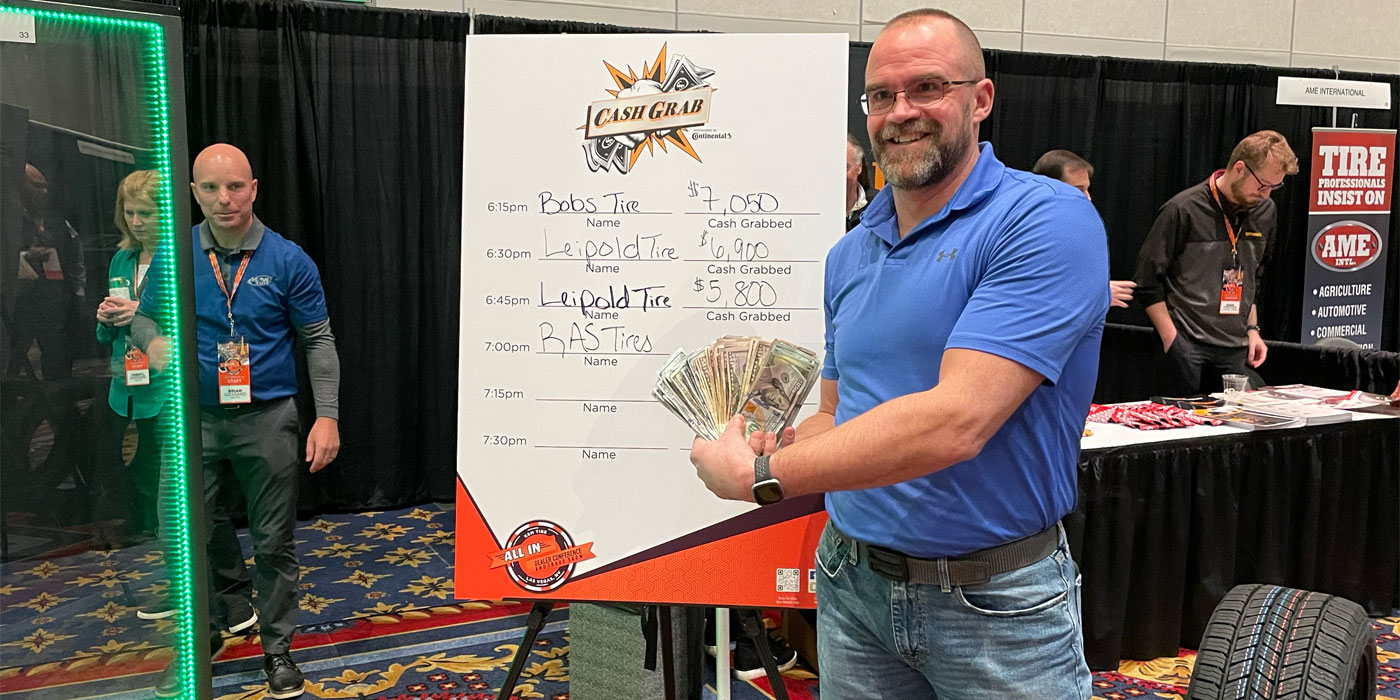Of the 24 million familyowned businesses in the United States, only about 30% will survive into thesecond generation, according to The Family Business Institute in Raleigh, N.C.That’s a sobering statistic for business owners whose crowning achievement isthe company they built. But those who begin succession planning early –approximately a decade before retirement–stand a better chance of passing thebusiness on to their children. Consider the following six steps:
1. Decide on a viablesuccessor. You may dream of your son or daughter sitting at the CEO’s desk, butbefore you hand over the keys to the company ask two key questions: Are any ofyour children qualified to run the business? Are they truly interested insucceeding you? It’s hard to remain impartial: An outside family businessadvisor can evaluate the strengths and weaknesses of any prospective candidateand help throughout the succession process.
2. Mentor the next leader.Just because your daughter has led the sales team for 10 years doesn’t make herready to manage the entire operation. Owners should prepare successors overseveral years by letting them work in different areas of the company,introducing them to important business contacts, involving them in key businessdecisions and gradually relinquishing responsibilities to them.
3. Keep all employees in theloop. To avoid hard feelings and confusion, everyone in the company needs aclear understanding of who will take over the business and how the transitionwill work. Hold scheduled meetings with family employees and criticalnon-family staff to review the succession plan, head off any problems anddiscuss other business issues.
4. Create a clear timetablefor succession. Without set dates for specific events, employees may beperplexed by the chain of command and owners may linger long after theyshould’ve retired. Some dates to nail down include when you will retire andwhen you will transfer ownership shares.
5. Settle on apost-retirement role. Can you envision totally walking away from the firm, ordo you want to serve as a consultant for a specified time?
6. Coordinateestate-planning goals with the succession plan. It’s likely your investment inthe business is your largest asset. Therefore, several issues need to beaddressed, including the possibility of an estate freeze to limit futurecapital gains in conjunction with a life insurance policy to pay projected taxliabilities. In addition, determine a source of income for your retirement,such as an individual pension plan or a retiring allowance paid by the company.
– Courtesy of the NationalFederation of Independent Businesses. For more information on this topic, visitwww.nfib.com.













